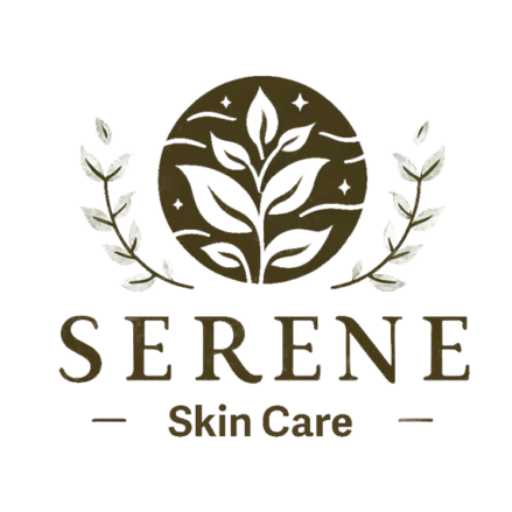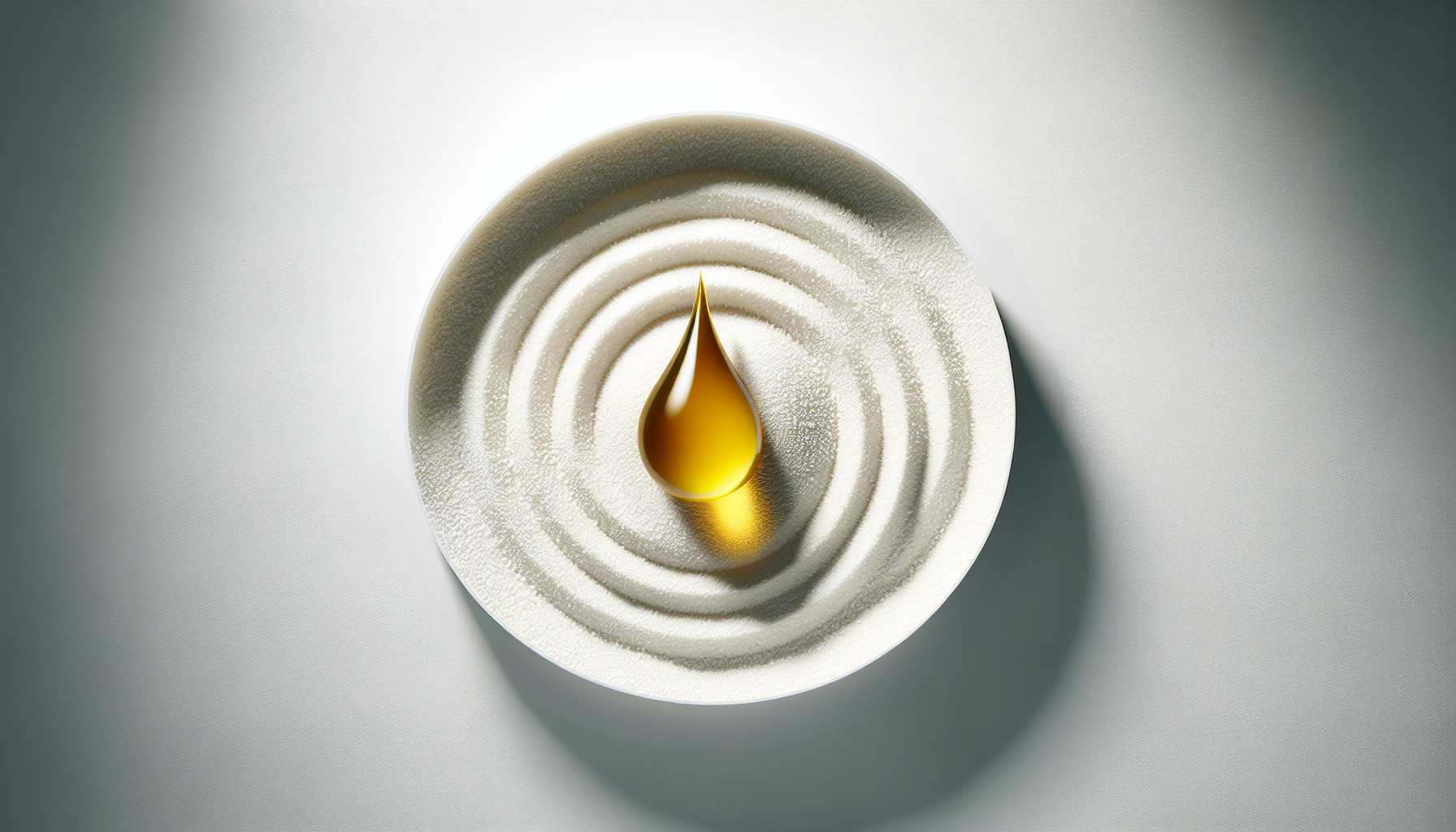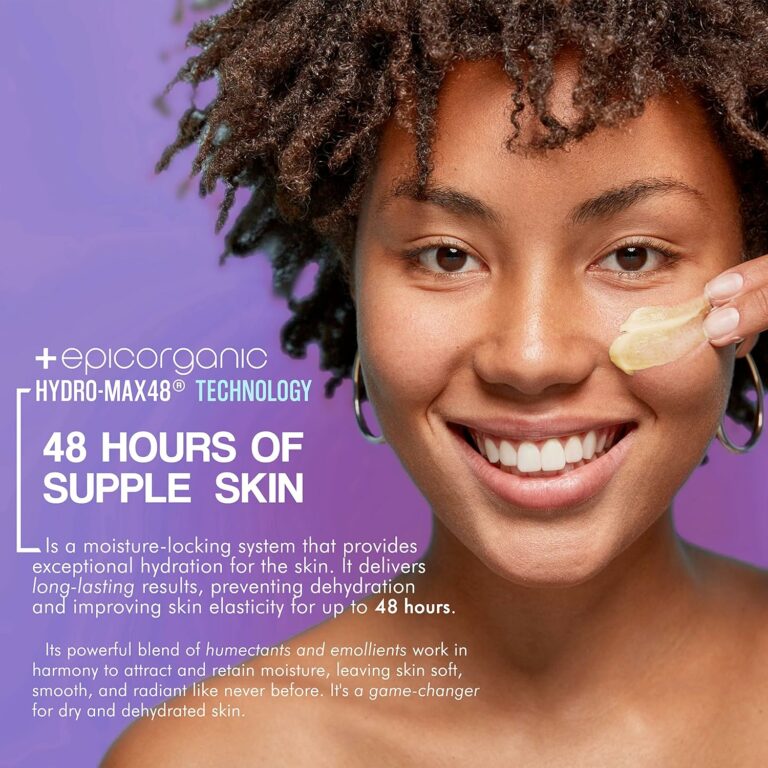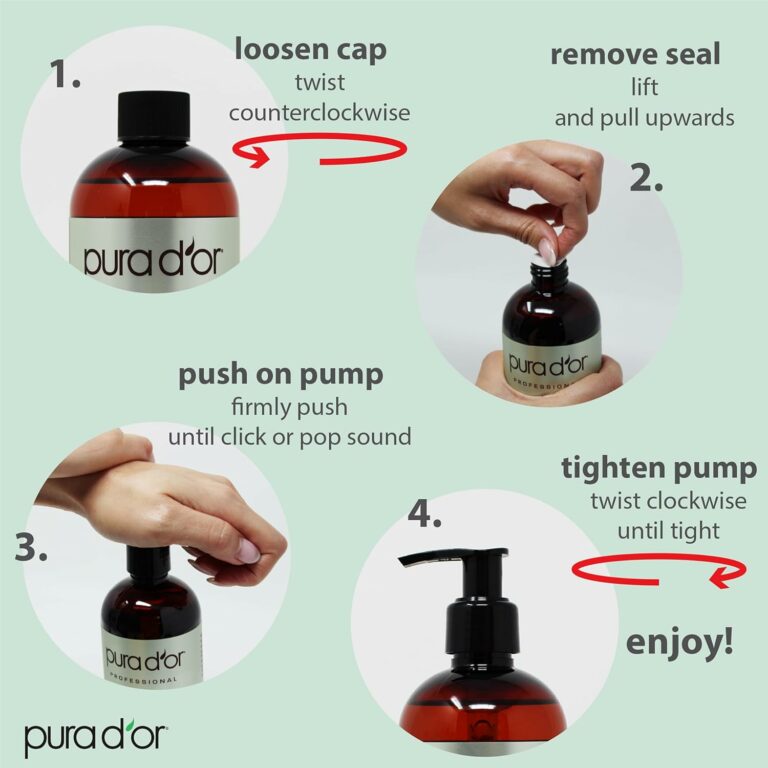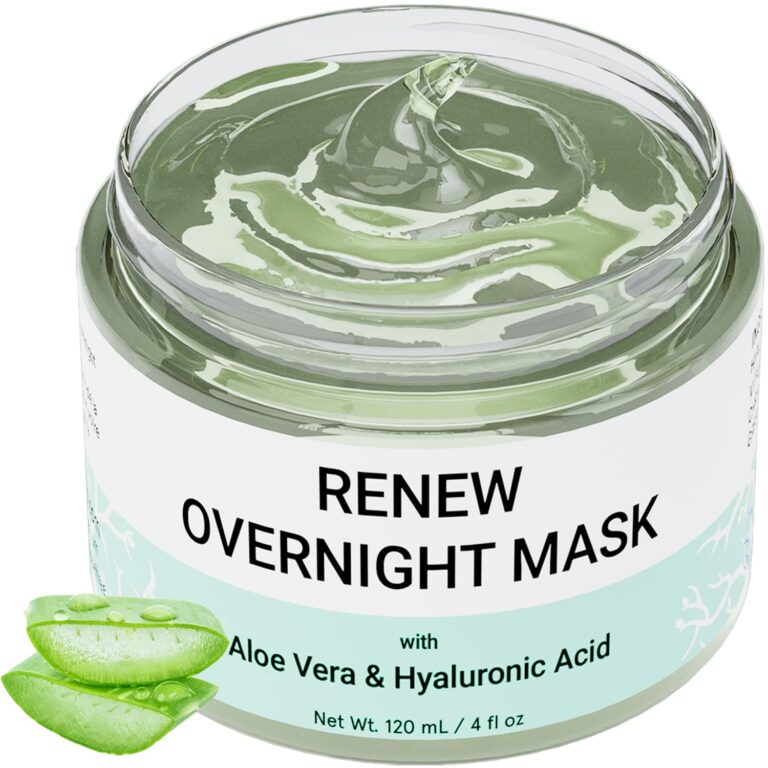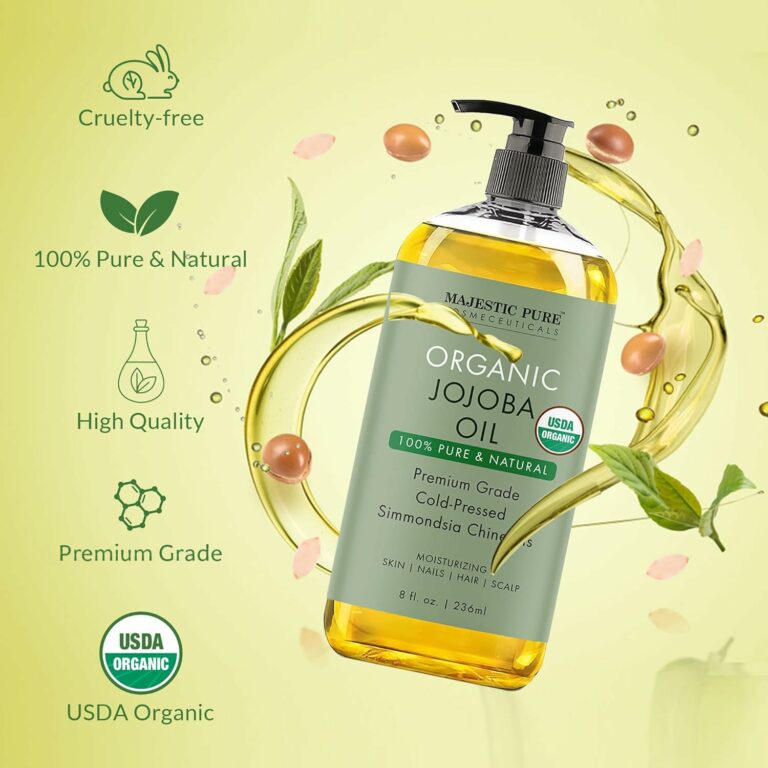If you’ve ever struggled with managing your oily skin, fret no more! Look no further than “The Ultimate Oily Skin Management Guide.” Packed with expert tips and tricks, this comprehensive guide is designed to help you navigate the challenges of oily skin and achieve a healthy, radiant complexion. From skincare routines tailored specifically for oily skin to product recommendations and lifestyle adjustments, this guide has everything you need to effectively manage your skin type. Say goodbye to excessive shine and hello to a balanced, confident glow.
Understanding Oily Skin
Causes of Oily Skin
Oily skin is primarily caused by the overproduction of sebum, a natural oil produced by the sebaceous glands in your skin. This excess sebum can be attributed to various factors such as hormonal changes, genetics, and environmental influences. Hormonal changes, especially during adolescence, can lead to an increased production of sebum, resulting in oily skin. Additionally, genetic factors play a role in determining the amount of sebum your skin produces. If your parents have oily skin, chances are you may also have it. Environmental factors such as hot and humid climates can exacerbate oil production, leading to oily skin.
Characteristics of Oily Skin
Oily skin can be identified by certain characteristics that are unique to this skin type. One of the main characteristics of oily skin is a shiny or greasy appearance, particularly in the T-zone area which includes the forehead, nose, and chin. Another common characteristic is enlarged pores due to the excess sebum production. Oily skin also tends to be more prone to acne breakouts, as the excess oil can clog the pores, leading to the formation of blackheads, whiteheads, and pimples. Despite these challenges, oily skin has one advantage – it tends to age more slowly compared to other skin types.
Common Concerns for Oily Skin
While oily skin has its pros and cons, there are several common concerns that individuals with oily skin may face. One of the major concerns is the constant battle against shine and excess oil throughout the day. This can lead to an uncomfortable and greasy feeling on the face, which may require frequent blotting or touch-ups. Another concern is the increased likelihood of acne breakouts. Oily skin provides a favorable environment for the growth of acne-causing bacteria, which can lead to the development of pimples and blemishes. Additionally, individuals with oily skin may struggle with finding the right skincare products that effectively manage oiliness without drying out the skin.
Creating an Effective Skincare Routine
Cleansing Oily Skin
When it comes to managing oily skin, proper cleansing is essential. It’s important to use a gentle cleanser that effectively removes excess oil, dirt, and impurities from the skin without stripping it of its natural moisture. Look for cleansers that are specifically formulated for oily or acne-prone skin, and avoid harsh, abrasive cleansers that can irritate the skin and stimulate more oil production. It’s recommended to cleanse your face twice a day – once in the morning and once in the evening – to keep your skin clean and fresh.
Choosing the Right Products
Selecting the right skincare products is crucial for managing oily skin effectively. Opt for oil-free or non-comedogenic products that are specifically designed for oily or acne-prone skin. These products are formulated to be lightweight and non-greasy, minimizing the chances of clogging your pores. Additionally, look for ingredients such as salicylic acid or benzoyl peroxide, which can help control oil production and prevent acne breakouts. Remember to patch test new products before incorporating them into your skincare routine to ensure they don’t cause any adverse reactions.
Using Oil-Free Moisturizers
While it may seem counterintuitive, moisturizing oily skin is still necessary. Many people with oily skin make the mistake of skipping moisturizers, thinking that it will make their skin even oilier. However, when you don’t moisturize, your skin may compensate by producing even more oil, leading to an oilier complexion. Instead, opt for lightweight, oil-free moisturizers that provide hydration without greasiness. These moisturizers help balance oil production and keep your skin adequately moisturized. Look for ingredients like hyaluronic acid or glycerin, which are hydrating without adding extra oil.
Managing Oily Skin Throughout the Day
Blotting Excess Oil
If you find yourself battling excess oil throughout the day, blotting papers can be your best friend. These handy little sheets are designed to absorb excess oil without disturbing your makeup or stripping your skin of moisture. Simply press the blotting paper onto the shiny areas of your face, particularly the T-zone, and gently blot away the excess oil. This will help control shine and keep your skin looking fresh throughout the day. Remember to choose blotting papers that are specifically designed for oily skin for maximum effectiveness.
Using Oil-Absorbing Powders
Another great way to manage oily skin on the go is by using oil-absorbing powders. These lightweight powders are formulated to mattify the skin and absorb excess oil, giving you a shine-free complexion. Simply dust the powder onto your face using a fluffy brush or a powder puff to set your makeup and control oil. Keep an oil-absorbing powder in your bag for quick touch-ups whenever needed. Look for powders with ingredients like rice powder or silica, which are known for their oil-absorbing properties.
Avoiding Heavy Makeup
When you have oily skin, it’s important to be mindful of the makeup products you use. Heavy, oil-based foundations or thick creams can clog your pores and make your skin look even oilier. Instead, opt for lightweight, oil-free foundations or tinted moisturizers that provide coverage while allowing your skin to breathe. Choose powder-based or gel-based blushes and eyeshadows over creamy formulas. Avoid using heavy, oil-based concealers and opt for lightweight, water-based ones that won’t weigh down your skin. By choosing the right makeup products, you can enhance your natural beauty without exacerbating oiliness.
Diet and Lifestyle Tips for Oily Skin
Maintaining a Healthy Diet
A healthy diet plays a significant role in managing oily skin. Incorporate foods rich in antioxidants, such as fruits and vegetables, into your diet. These foods help combat inflammation and promote overall skin health. Avoid consuming excessive amounts of greasy and fried foods, as they can contribute to increased oil production. Instead, opt for lean proteins, whole grains, and healthy fats like avocados and nuts. Remember to listen to your body and pay attention to how certain foods affect your skin. Everyone’s skin is unique, so finding the right balance of nutrients for your skin may require some experimentation.
Drinking Plenty of Water
Proper hydration is important for all skin types, including oily skin. Drinking an adequate amount of water helps flush out toxins from your body and keeps your skin hydrated from within. The recommended daily intake of water for an average adult is around 8 cups, but this can vary depending on individual factors such as body weight and activity level. Carry a reusable water bottle with you throughout the day to ensure you stay hydrated, and try incorporating hydrating foods like cucumbers and watermelon into your diet.
Exercising Regularly
Regular exercise not only benefits your overall health but also has positive effects on your skin, including oily skin. Engaging in physical activity increases blood flow, which promotes a healthy complexion. It also helps reduce stress levels, which can be a contributing factor to increased oil production. Make exercise a part of your routine, whether it’s going for a run, attending a fitness class, or practicing yoga. Aim for at least 30 minutes of moderate-intensity exercise most days of the week to reap the benefits for both your skin and overall well-being.
Home Remedies for Oily Skin
Lemon Juice and Honey Mask
Lemon juice and honey are two natural ingredients that can effectively manage oily skin. Lemon juice, with its astringent properties, helps tighten the pores and control excess oil production. Honey, on the other hand, has antibacterial properties and helps retain moisture in the skin. To create a lemon juice and honey mask, simply mix equal parts lemon juice and honey in a bowl. Apply the mixture to your face, avoiding the delicate eye area, and leave it on for 10-15 minutes. Rinse off with lukewarm water and pat your face dry. Use this mask once or twice a week to help balance oiliness and improve the appearance of your skin.
Apple Cider Vinegar Toner
Apple cider vinegar is known for its ability to restore the skin’s pH balance and control oil production. To make an apple cider vinegar toner, mix equal parts apple cider vinegar and water in a clean spray bottle or container. After cleansing your face, spray or apply the toner onto a cotton pad and gently wipe it across your face, paying attention to areas prone to excess oil. Allow the toner to dry naturally and follow up with a suitable moisturizer. Start by using this toner once a day and gradually increase frequency if your skin tolerates it well. Apple cider vinegar can be quite potent, so it’s important to dilute it properly and observe how your skin reacts.
Egg White Face Mask
Egg whites contain proteins and enzymes that help tighten the skin and reduce oiliness. To create an egg white face mask, separate the egg white from the yolk and whisk it until frothy. Apply a thin layer of the egg white onto your face using clean fingers or a brush and let it dry for about 15 minutes. As the mask dries, it will tighten and create a temporary firming effect on your skin. Rinse off the mask with warm water and gently pat your face dry. Use this mask once or twice a week to help control excess oil and minimize the appearance of enlarged pores.
Professional Treatments for Oily Skin
Chemical Peels
Chemical peels are an effective professional treatment for oily skin. This treatment involves applying a solution containing natural or synthetic acids to the skin, which exfoliates the top layer and stimulates the growth of new, healthier skin. Chemical peels can help control oil production, minimize the appearance of acne scars, and improve overall skin texture and tone. It’s important to consult with a dermatologist or skincare professional to determine the most suitable type and strength of chemical peel for your specific skin concerns and needs.
Microdermabrasion
Microdermabrasion is a non-invasive procedure that uses a device to gently exfoliate the skin, removing the outermost layer of dead skin cells. This treatment can be beneficial for oily skin as it helps unclog pores, reduce oiliness, and improve overall skin texture. During a microdermabrasion session, a skincare professional will use a handheld device to spray tiny crystals onto the skin, which are then suctioned away along with the dead skin cells. Regular sessions of microdermabrasion can help keep your skin clear and smooth.
Laser Treatments
Laser treatments, such as laser resurfacing or laser rejuvenation, can also be effective in managing oily skin. These treatments use laser technology to target the sebaceous glands and reduce their production of oil. Laser resurfacing can help minimize the appearance of acne scars and uneven skin texture, while laser rejuvenation stimulates collagen production and improves skin elasticity. It’s important to consult with a qualified dermatologist or cosmetic surgeon to determine if laser treatments are suitable for your specific skin concerns and to discuss the potential risks and benefits.
Preventing Acne Breakouts on Oily Skin
Using Non-Comedogenic Products
When it comes to preventing acne breakouts on oily skin, using non-comedogenic products is crucial. Non-comedogenic products are specifically formulated to not clog the pores, reducing the chances of breakouts. Look for skincare and makeup products labeled as non-comedogenic, oil-free, or suitable for oily or acne-prone skin. These products are designed to minimize pore-clogging ingredients and provide a breathable barrier on the skin. By using non-comedogenic products, you can help keep your pores clear and reduce the risk of acne breakouts.
Keeping Skin Clean
Maintaining good hygiene and keeping your skin clean is essential for preventing acne breakouts on oily skin. Wash your face at least twice a day using a gentle cleanser to remove excess oil, dirt, and bacteria. Avoid scrubbing your face harshly, as this can irritate the skin and stimulate more oil production. After cleansing, pat your face dry with a clean towel and avoid rubbing, as it can cause friction and potentially spread bacteria. Regularly washing your pillowcases, phone screens, and makeup brushes can also help prevent the transfer of bacteria and oil onto your skin.
Avoiding Touching Face
Touching your face throughout the day can transfer dirt, oils, and bacteria from your hands to your skin, increasing the risk of acne breakouts. Avoid touching your face unnecessarily and try to keep your hands away from your face as much as possible. If you need to touch your face, make sure your hands are clean and avoid applying excessive pressure. It’s also important to avoid popping or picking at pimples, as it can lead to inflammation, scarring, and further spread of bacteria. Be gentle with your skin and give it the chance to heal naturally.
Dealing with Oily Skin and Aging
Choosing Anti-Aging Products
Oily skin may age more slowly compared to other skin types, but it still requires proper care to address aging concerns. When selecting anti-aging products, look for lightweight formulations that won’t clog your pores. Ingredients such as retinol, niacinamide, and antioxidants are beneficial for oily skin. Retinol helps promote cell turnover and collagen production, while niacinamide regulates oil production and improves skin texture. Antioxidants protect the skin from free radicals and environmental damage. Choose products that are formulated to be non-comedogenic and suitable for oily or combination skin to minimize the risk of breakouts.
Using Sunscreen
Sunscreen is a crucial step in any skincare routine, especially for individuals with oily skin. Despite the myth that sunscreen can make oily skin even greasier, it is important to protect your skin from the harmful effects of the sun’s rays. Choose lightweight, oil-free, or gel-based sunscreens with a high SPF to shield your skin from both UVA and UVB rays. Look for formulas that are labeled as non-comedogenic, as these are less likely to clog your pores or trigger acne breakouts. Apply sunscreen generously and reapply throughout the day, particularly if you sweat or spend extended periods in the sun.
Maintaining a Healthy Lifestyle
Maintaining a healthy lifestyle is essential for overall skin health, including oily skin. Get enough sleep to allow your body to rejuvenate and repair itself. Lack of sleep can lead to increased stress levels and hormone imbalances, which can trigger excess oil production. Manage stress through relaxation techniques, such as yoga or meditation, as stress can also contribute to oily skin. Lastly, avoid smoking and limit alcohol consumption, as both can have negative effects on your skin’s health and contribute to premature aging.
Managing Oily Skin in Different Climates
Hot and Humid Climates
Managing oily skin in hot and humid climates can be challenging, as the combination of heat and humidity can lead to increased oil production. To combat this, cleanse your face twice a day with a gentle cleanser to remove excess oil and impurities. Use oil-absorbing powders or blotting papers throughout the day to control shine. Moisturize with lightweight, oil-free formulations that provide hydration without greasiness. Consider using a mattifying primer before applying makeup to help control oil and prolong the wear time of your products. Lastly, avoid using heavy creams or oil-based products, as they can make your skin feel even more greasy.
Cold and Dry Climates
Cold and dry climates can also pose challenges for oily skin, as the lack of moisture in the air can cause your skin to become dehydrated. It’s crucial to provide your skin with adequate hydration by using oil-free moisturizers that are suitable for your skin type. Look for moisturizers that contain ingredients like hyaluronic acid, which helps retain moisture in the skin. Avoid using overly rich creams or oil-based products, as they can create a heavy and greasy sensation on your skin. Consider using a humidifier in your home to add moisture to the air, which can help balance out the drying effects of the climate.
Changing Skincare Routine with Seasons
As the seasons change, it’s important to adapt your skincare routine to accommodate the specific needs of your oily skin. During warmer months, focus on oil control and using lightweight formulations to combat excess oil and shine. Opt for gel-based moisturizers and oil-free sunscreens to provide hydration without greasiness. In colder months, concentrate on maintaining moisture and preventing dryness. Incorporate richer, cream-based moisturizers and consider using emollient cleansers to provide comfort and nourishment to your skin. Keep in mind that seasonal changes can affect your skin differently, so pay attention to any changes and adjust your routine accordingly.
Addressing Specific Concerns with Oily Skin
Acne Scarring
Acne scarring is a common concern for individuals with oily skin, as acne breakouts can often lead to permanent scars or indentations on the skin. There are several treatments available to address acne scarring, such as chemical peels, microdermabrasion, and laser resurfacing. These treatments help promote collagen production and improve the appearance of scars over time. Additionally, topical products containing ingredients like retinol or vitamin C can help fade acne scars and even out skin tone. It’s important to consult with a dermatologist or skincare professional to determine the most suitable treatment option for your specific scarring concerns.
Large Pores
Large pores are another concern often associated with oily skin. While you can’t physically shrink the size of your pores, there are steps you can take to minimize their appearance. Regular exfoliation is key, as it helps remove dead skin cells and debris that can clog the pores and make them appear larger. Additionally, incorporating products containing ingredients like salicylic acid, niacinamide, or retinol into your skincare routine can help regulate oil production and improve the overall texture of your skin. Avoid using heavy, pore-clogging products and always remove your makeup before bed to prevent pore congestion.
Uneven Skin Tone
Uneven skin tone, often characterized by areas of hyperpigmentation or redness, can be frustrating for individuals with oily skin. To address this concern, incorporate brightening ingredients like vitamin C or niacinamide into your skincare routine. These ingredients help even out skin tone and reduce the appearance of discoloration. It’s important to wear sunscreen daily, as sun exposure can exacerbate uneven skin tone and lead to further discoloration. Additionally, using a color-correcting primer or concealer can help neutralize any redness or sallowness in your complexion, creating a more even appearance.
By understanding the causes and characteristics of oily skin, creating an effective skincare routine, managing oily skin throughout the day, incorporating diet and lifestyle tips, utilizing home remedies, considering professional treatments, preventing acne breakouts, dealing with oily skin and aging, managing oily skin in different climates, and addressing specific concerns, you can successfully navigate the challenges associated with oily skin and achieve a healthy, balanced complexion. Remember, it’s important to embrace your skin type and adapt your routine as needed to meet the changing needs of your skin. With the right knowledge and tools, you can maintain the health and vitality of your oily skin.
